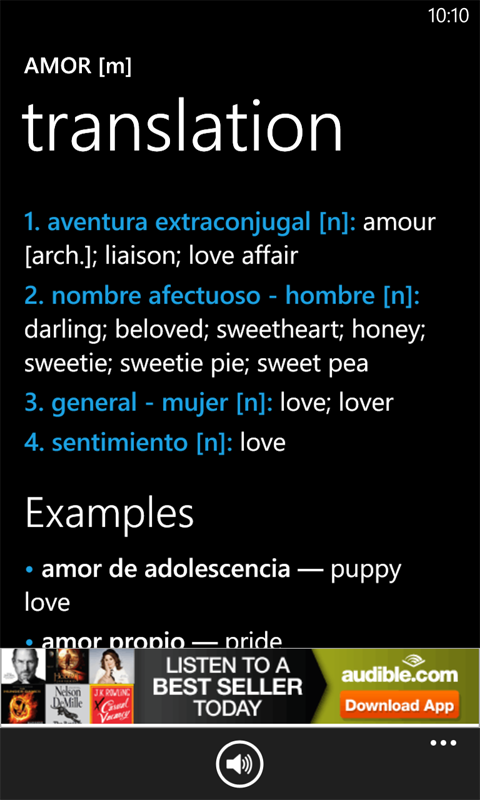

And what I am trying to say is when you're dealing with heartbreak, take action. I'm looking at this aria from a modern-day perspective. I do want to clarify that I'm not trying to tell you that if you're partner cheats on you, you should just take action and try to fix everything. It's okay to feel bad when you're heart is broken.īut then be proactive. Figure out what your next steps are, what you're looking for, and how you want to proceed. When something bad happens to you, let yourself grieve and mourn. So what's the lesson? What do we take from this?įirst, feel your emotions.

Then, when he realizes his mistake, she hopes he'll recognize how unfair he has been. She is in pain, and we as the audience are given the opportunity to understand her motivation before she cooks up her plan.īecause that's what she does! She and her servants work together to trick the Count into seducing her while he thinks she's another woman. When she asks to die, he moves the vocal line up in stepwise motion until it sounds like a cry for help. How does that work? Mozart fills in all the gaps for us. That's the whole thing! She expresses her deep sadness in just those four short lines. It's usually staged with her lying in bed, morose and depressed that her love is being taken for granted. This aria, "Porgi, amor," is her introduction to the audience.


One of the most interesting characters in The Marriage of Figaro is the Countess, a woman who has been cheated on by her husband countless times. It's hilarious, complicated, and moving, all at the same time, and you'll find yourself laughing and tearing up throughout. The Marriage of Figaro is one of Mozart's greatest operas.


 0 kommentar(er)
0 kommentar(er)
